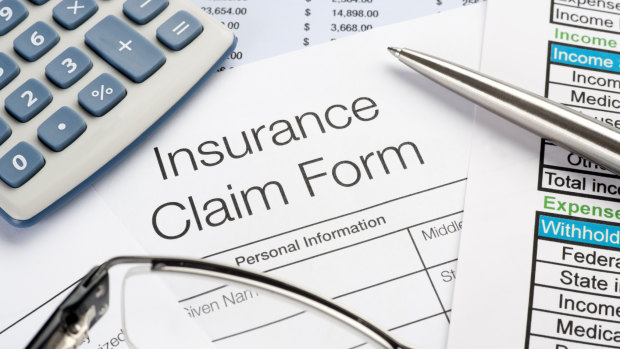Save articles for later
Add articles to your saved list and come back to them any time.
Households are taking on more financial risk by cutting back on insurance, running down savings and resorting to short-term credit as they grapple with inflation and higher interest rates.
New data reveals a substantial fall in household spending on health insurance since interest rates began to rise, with this expense 10 per cent lower in June 2023 than a year earlier.
Reduced insurance spending was one of several ways consumers are taking on more risk to manage stretched budgets.
Credit bureau illion estimates there has also been a 7 per cent decline in spending on home and contents insurance in June 2023, compared to a year earlier.
The analysis of spending patterns by illion is compiled using credit and banking data from more than 18 million Australian credit consumers.
Barrett Hasseldine, head of modelling at illion, says the fall in insurance spending indicates families are choosing to drop cover, reduce cover, or increase their insurance claims excess to reduce costs.
“While saving money on health insurance, and home and contents insurance may save money right now, it does create additional risk for those households to be able to respond to any large expenses that come their way,” he said.
Reduced insurance spending was one of several ways consumers are taking on more risk to manage stretched budgets.
The analysis showed households are rapidly running down savings.
“During COVID households built up quite a savings buffer,” said Hasseldine. “But we’ve seen consumer savings balances decreasing quite steadily; at the moment they’re down around about 30 per cent, year-on-year.”
More consumers are spreading the repayment of purchases over time by using credit cards and instalment-based purchasing options like buy now pay later.
“We’ve seen demand for unsecured credit such as credit cards increasing significantly over the past 18 months and typically that is being driven by households needing a bit of extra cash available to them, and being able to smooth out cash flows,” Hasseldine said.
Spending with buy now pay later providers was 10 per cent higher in June 2023 than a year earlier suggesting households are shifting from direct purchases to instalment-based options.
Hasseldine said that while credit cards and buy now pay later can help consumers “stay afloat during this tough time” if not managed wisely they can damage household finances.
Families are also cutting back on fun with spending on entertainment in June 2023 around 5 per cent lower than a year earlier. The data also reveals a 15 per cent fall spending on clothing and furnishings in that period.
Sustained high inflation since early 2022 has been coupled with a sharp rise in interest rates as the Reserve Bank attempts to quell price pressures across the economy. Rates jumped from virtually zero to an 11-year high of 4.1 per cent over a 13-month period. Further interest rates hikes are possible if inflation remains elevated.
Hasseldine says there has been a “striking” deterioration in loan repayments as borrowing costs have risen.
“The most worrying is home loan repayments – they are late about 15 per cent more often now than they were a year ago,” he said. “That’s a real warning sign.”
Credit card delinquencies are up around 40 per cent year-on-year, illion’s data shows.
The Reserve Bank said earlier this month that 13 per cent of home borrowers with a variable rate loan were spending more on essentials and mortgage repayments than they earned. That compares to just 3 per cent in April 202, before interest rates began to rise.
Ratings agency Moody’s warned earlier this month that residential mortgage delinquency rates would continue to rise in Australia as higher interest rates and inflation erode household savings.
The latest Credit Stress Barometer prepared by illion shows credit default risk among Australian consumers has risen sharply.
The barometer jumped by 11 per cent in the year to June 2023 which compared to an increase of only 1 per cent over the year to June 2022.
“There is no real evidence yet that a turnaround in credit stress is in sight,” Hasseldine said.
The Morning Edition newsletter is our guide to the day’s most important and interesting stories, analysis and insights. Sign up here.
Most Viewed in Business
From our partners
Source: Read Full Article

